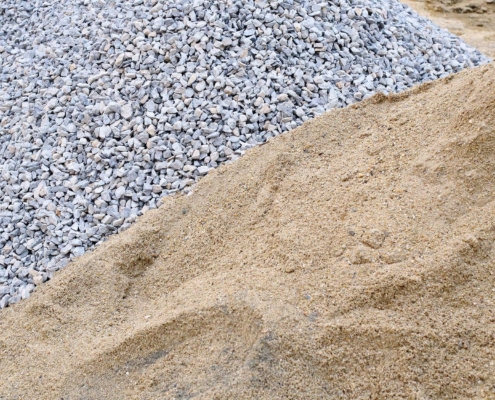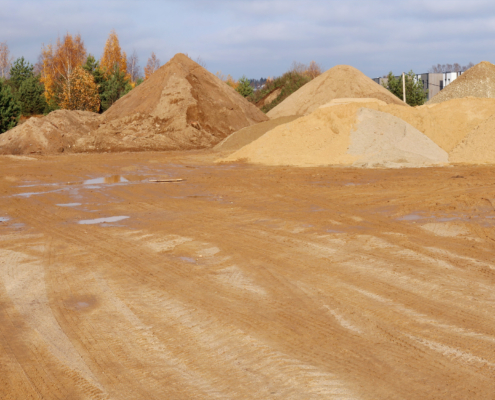 https://pontotocsandandstone.com/wp-content/uploads/2025/06/How-to-Choose-Between-Uncoated-and-Resin-Coated-Frac-Sand-for-Your-Operations.jpg
1250
2000
AbstraktMarketing
/wp-content/uploads/2021/08/Pontotoc-White-Logo.png
AbstraktMarketing2025-06-26 13:10:012025-12-21 16:15:19How to Choose Between Uncoated and Resin-Coated Frac Sand for Your Operations
https://pontotocsandandstone.com/wp-content/uploads/2025/06/How-to-Choose-Between-Uncoated-and-Resin-Coated-Frac-Sand-for-Your-Operations.jpg
1250
2000
AbstraktMarketing
/wp-content/uploads/2021/08/Pontotoc-White-Logo.png
AbstraktMarketing2025-06-26 13:10:012025-12-21 16:15:19How to Choose Between Uncoated and Resin-Coated Frac Sand for Your OperationsWhat Is Fracing?
Few terms in the oil and gas industryevoke as much controversy and confusion as “fracing.” Often misunderstood and misrepresented, fracing is a crucial stage in the production process that deserves a closer examination. Contrary to popular belief, fracing is not a drilling process, but rather a stimulation technique employed after a well has been drilled, cased, and cemented. In this comprehensive guide, we explore the intricacies of fracing, dispelling myths and shedding light on its significance in unlocking the potential of oil and natural gas reserves.
Understanding Fracing
At its core, fracing, also known as hydraulic fracturing, is a process designed to enhance the flow of oil and natural gas from underground reservoirs to the surface of a well. It involves injecting a specialized fluid, typically composed of water, sand, and additives, into the well at high pressure. This fluid creates fractures in the surrounding rock formations, increasing permeability and allowing hydrocarbons to flow more freely.
Dispelling Misconceptions
One of the most pervasive misconceptions surrounding fracing is its conflation with the drilling process. Unlike drilling, which involves the initial penetration of the earth’s surface to reach underground reservoirs, fracing occurs after drilling and is focused on enhancing the well’s productivity.
Another common misconception is the belief that fracing poses inherent risks to the environment and public health. While fracing operations must be conducted responsibly to mitigate potential environmental impacts, numerous studies have demonstrated that fracing can be performed safely and effectively when properly regulated and executed.
4 Key Components of Fracing
To grasp the essence of fracing, it’s essential to understand its fundamental components and the sequence of operations involved:
- Preparation: Before fracing can commence, a well must be drilled to the desired depth and lined with steel casing to prevent collapse. Cement is then pumped into the wellbore to seal the annular space between the casing and the surrounding rock formations, ensuring integrity and preventing fluid migration.
- Injection: Once the well is drilled, cased, and cemented, the fracing process begins. High-pressure pumps inject the fracturing fluid into the wellbore, exerting force on the surrounding rock and initiating fractures.
- Proppant Placement: Along with the fluid, proppants, typically sand or ceramic beads, are injected into the fractures to hold them open once the pumping pressure is released. This proppant prevents the fractures from closing completely, creating conduits for oil and gas to flow to the surface.
- Fluid Recovery: After the fracturing operation is complete, a portion of the injected fluid, known as flowback, returns to the surface along with the produced hydrocarbons. Flowback is captured and treated for reuse or disposal, depending on regulatory requirements and environmental considerations.
Benefits of Fracing
When executed responsibly, fracing offers several significant benefits:
- Enhanced Oil and Gas Recovery: Fracing enables access to previously inaccessible hydrocarbon reserves, unlocking vast quantities of oil and natural gas that would otherwise remain trapped underground.
- Economic Growth: The expansion of domestic oil and gas production through fracing has contributed to job creation, economic growth, and energy security in many regions.
- Energy Independence: Fracing has played a crucial role in reducing dependence on foreign oil and gas imports, bolstering national energy security and resilience.
Optimize your overall operation by partnering with Pontotoc for our industry-leading loading process.
Ensuring Safety Within Fracing Operations
Safety is paramount in every aspect of hydraulic fracturing operations. By implementing robust safety measures, companies can protect personnel, communities, and the environment while ensuring the successful execution of fracing projects.
Preparation and Planning
Thorough preparation and planning are foundational to ensuring safety in fracing operations:
- Conduct comprehensive risk assessments to identify potential hazards and develop mitigation strategies.
- Prioritize safety training for all personnel involved, emphasizing hazard recognition, emergency response, and proper personal protective equipment (PPE) use.
- Develop and implement emergency response plans tailored to the specific risks associated with fracing, conducting regular drills and exercises to ensure readiness.
Well Integrity and Design
Maintaining well integrity is essential for preventing accidents and ensuring the success of fracing operations:
- Implement rigorous well construction practices, including high-quality casing and cementing procedures, to prevent leaks and failures.
- Monitor pressure levels throughout the fracing process to avoid overpressurization and maintain wellbore integrity.
- Select fracturing fluids carefully to minimize the risk of corrosion and other integrity issues, prioritizing fluids with proven safety records.
Environmental Protection
Protecting the environment is a core consideration in fracing operations:
- Implement water management strategies to minimize freshwater usage and reduce the risk of contamination.
- Minimize the use of hazardous chemicals in fracturing fluids and prioritize environmentally friendly alternatives.
- Implement measures to minimize disturbances to local ecosystems and wildlife habitats, including habitat restoration efforts.
Continuous Monitoring and Improvement
Continuous monitoring and improvement are essential for maintaining safety in fracing operations:
- Collect and analyze data from fracing activities to identify trends, anomalies, and areas for improvement.
- Embrace technological innovations such as real-time monitoring systems and automation to enhance safety and efficiency.
- Engage with stakeholders to solicit feedback and input, fostering transparency and collaboration in safety initiatives.
Signs You Need to Improve Safety Within Your Operations
Immediately restructure your process if you notice any of the following signs associated with your operations:
- Increase in the number of safety incidents or near misses during fracing operations.
- Observations of unsafe behaviors or practices among personnel involved in fracing activities.
- Workers lack adherence to established safety protocols and procedures.
- Inadequate or outdated safety training programs for personnel involved in fracing operations.
- Equipment malfunctions or failures due to improper maintenance or usage.
- Poor communication among team members during critical phases of fracing operations.
- High employee turnover rates attributed to safety concerns or dissatisfaction with safety practices.
- External audits or inspections revealing deficiencies in safety procedures or equipment.
- Community complaints or concerns regarding potential safety hazards associated with fracing activities.
- Regulatory citations or fines related to safety violations in fracing operations.
Partner With Pontotoc Sand & Stone for Assistance Through Every Step of the Frac Sand Process
Partner with Pontotoc Sand & Stone for comprehensive assistance throughout every stage of the frac sand process. From site selection to transportation logistics, we provide expert guidance and support to optimize your operations. Reach out to build a relationship today.
Share This Post
More Like This
 https://pontotocsandandstone.com/wp-content/uploads/2025/06/How-to-Choose-Between-Uncoated-and-Resin-Coated-Frac-Sand-for-Your-Operations.jpg
1250
2000
AbstraktMarketing
/wp-content/uploads/2021/08/Pontotoc-White-Logo.png
AbstraktMarketing2025-06-26 13:10:012025-12-21 16:15:19How to Choose Between Uncoated and Resin-Coated Frac Sand for Your Operations
https://pontotocsandandstone.com/wp-content/uploads/2025/06/How-to-Choose-Between-Uncoated-and-Resin-Coated-Frac-Sand-for-Your-Operations.jpg
1250
2000
AbstraktMarketing
/wp-content/uploads/2021/08/Pontotoc-White-Logo.png
AbstraktMarketing2025-06-26 13:10:012025-12-21 16:15:19How to Choose Between Uncoated and Resin-Coated Frac Sand for Your Operations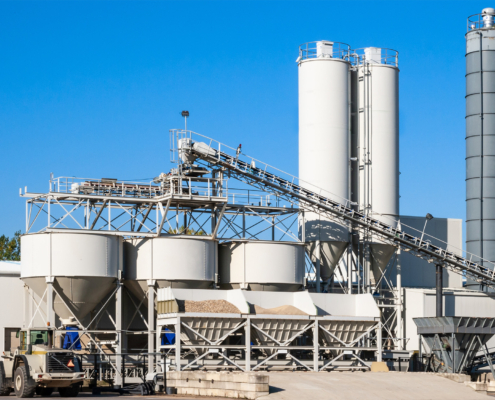
How Frac Sand Storage Affects the Quality and Efficiency of Your Fracing Operations
Tier 1 Frac Sand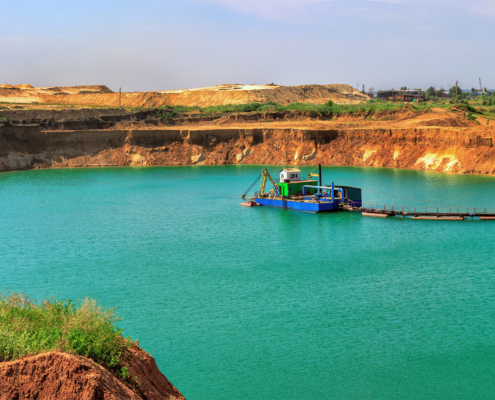
Reasons Why Locally-Sourced Frac Sand Saves You Money and Time
Tier 1 Frac Sand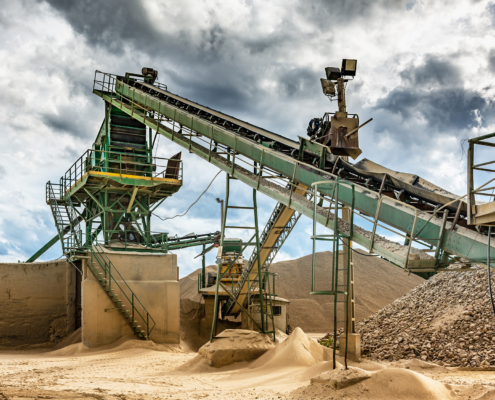
The Role of Frac Sand in Tight Oil Reservoirs: Key Considerations
Tier 1 Frac Sand
The Role of Frac Sand in Tight Oil Reservoirs: Key Considerations
Tier 1 Frac Sand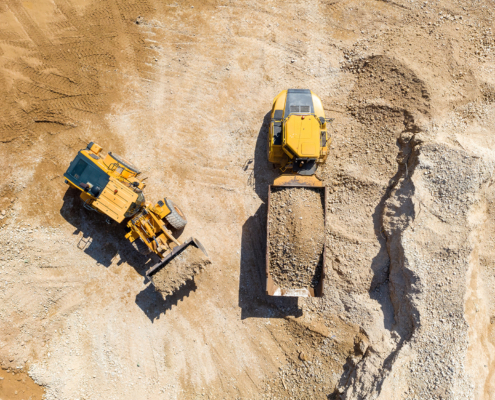
Frac Sand 101: Everything You Need to Know Before Buying
Tier 1 Frac Sand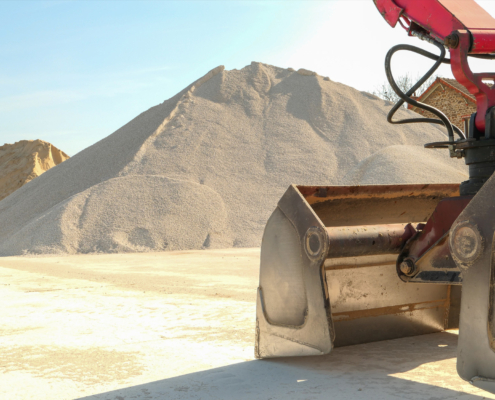
The Role of Fracing Efficiency in Maintaining Your Operations
Tier 1 Frac Sand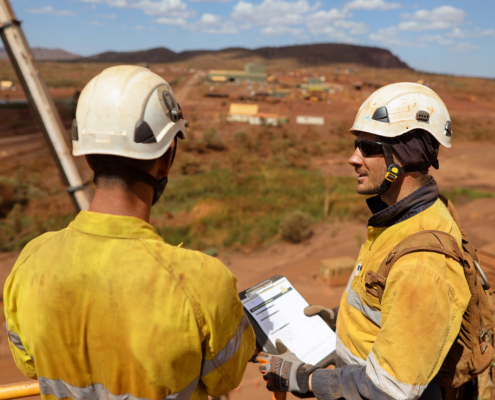
The Complete Frac Sand Supplier Checklist: Your Guide to Evaluating Potential Partners
Tier 1 Frac Sand